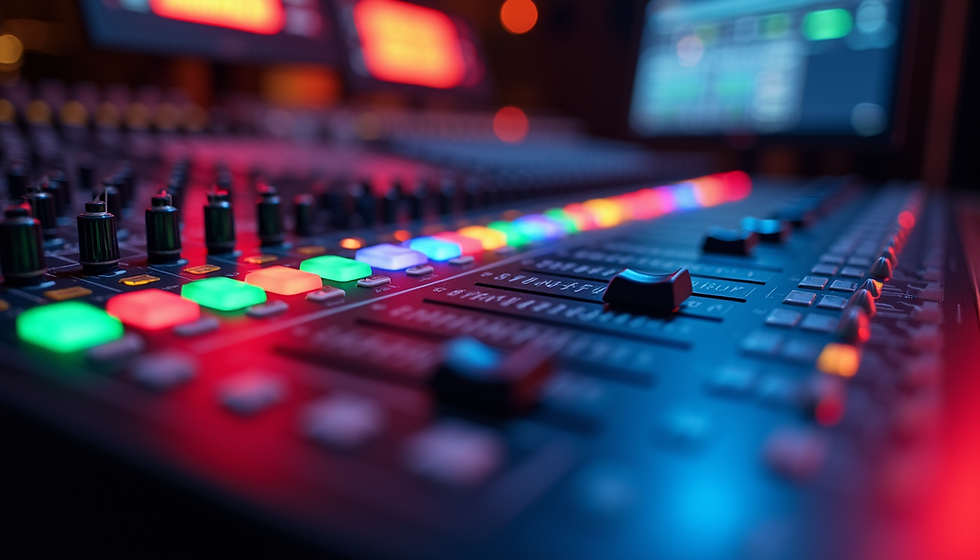Lo-fi is Evolving: Where’s It Going Now?
- STUDIO814
- May 10
- 2 min read

Lo-fi music used to mean dusty drums, vinyl crackle, and mellow beats to study to. That was the brand — cozy, chill, predictable. For a while, that formula ruled YouTube, Spotify, and Twitch streams. Everyone knew the aesthetic: muted colors, anime girl in her room, endless loops of calming instrumentals. It worked. It still works. But in 2025, lo-fi is shifting into something else.
The original lo-fi boom — led by channels like ChilledCow (now Lofi Girl), Chillhop, and College Music — made lo-fi a global genre. It was background music with purpose: soft enough to fade into the distance, emotional enough to feel intentional. At its best, it was a gateway into beat culture, jazz samples, bedroom production, and creative focus. But the saturation hit hard. Everyone started making lo-fi. The beats got flatter. The vibe turned generic. And eventually, listeners started asking: what’s next?
What we’re seeing now is the genre splintering in multiple directions — and that’s a good thing.
1. Lo-fi is getting cinematic.
Some producers are moving toward ambient film score territory — less beat-centric, more atmospheric. Think long synth pads, field recordings, minimal piano. It’s still chill, but there’s more space and storytelling. Artists like eevee, idealism, and Leavv are leading this shift.
2. Vocals are creeping in.
For years, lo-fi was almost strictly instrumental. Now, more producers are experimenting with vocals — often soft, filtered, and layered into the mix like another texture. This gives tracks more emotional weight and repeat value. It’s subtle, but powerful.
3. Jazz and neo-soul are coming back.
The “jazzy” part of lo-fi is getting deeper, more technical. Instead of just looping a Rhodes piano, producers are incorporating complex chords, live instruments, and swing-heavy grooves. The result is something closer to modern jazz-hop — rooted in musicianship, not just mood.
4. Experimental lo-fi is breaking the rules.
There’s a new wave of lo-fi that’s embracing imperfection in more aggressive ways — detuned synths, tape hiss, distorted textures, strange time signatures. These tracks feel closer to left-field electronic or IDM, but they still ride under the lo-fi banner. It’s lo-fi with bite.
5. Cultural fusion is expanding the sound.
Lo-fi is global now, and more artists are blending in regional instruments, rhythms, and samples — Japanese koto, Brazilian percussion, Middle Eastern melodies, Afrobeat grooves. This is pushing the genre beyond the “coffee shop” template into something richer and more diverse.
The big takeaway? Lo-fi’s not dying. It’s growing up.
What started as chill background music is becoming more expressive, more musical, and more intentional. And the artists sticking with it are doing the work — not just looping pretty samples, but crafting full stories through sound.
In a way, lo-fi is circling back to what made it interesting in the first place: DIY production, raw textures, emotional honesty. It just doesn’t live in a 24/7 livestream box anymore. It lives in playlists, albums, short films, and personal projects that don’t need to be “chill beats to study to” — just good music that feels something.
So where’s lo-fi going now? Wherever the artists want to take it — and finally, that’s starting to get interesting again.





Comments